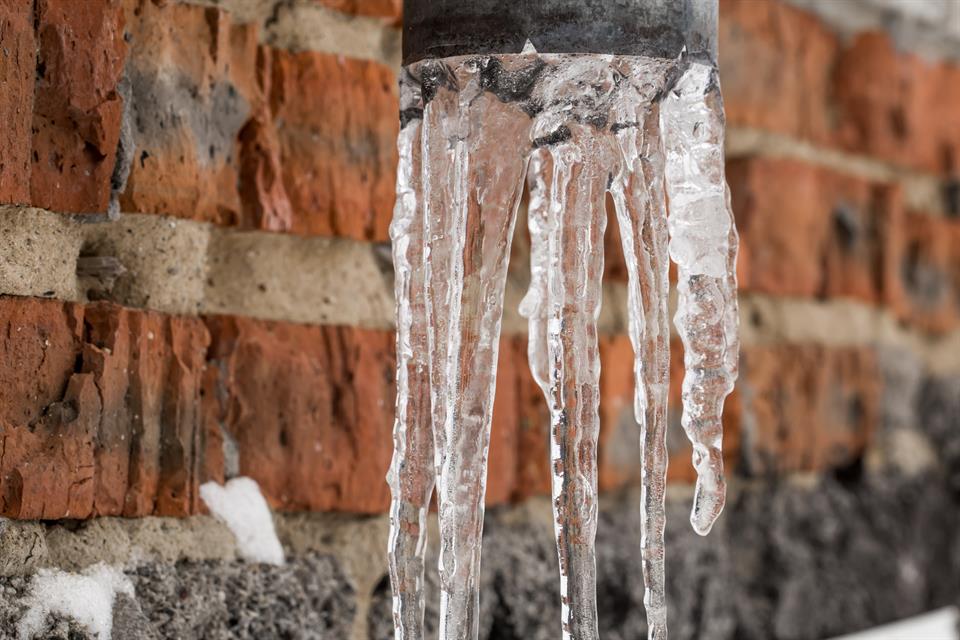Types of Storm Damage Covered by Insurance
Wind and Hail Damage
Most standard homeowners insurance policies cover damage from wind and hail, which are among the most common storm-related claims. This includes roof damage from fallen trees, broken windows from hail, siding damage from debris, and structural damage from high winds. Wind coverage typically applies to sustained winds and sudden gusts, but insurers may require separate windstorm coverage in high-risk coastal areas. Hail damage coverage extends to roofing materials, gutters, outdoor equipment, and vehicles if you have comprehensive auto coverage.
Lightning Strike Coverage
Lightning damage is generally covered under standard policies as a "named peril." This includes direct strikes that cause fires, power surges that damage electronics and appliances, and structural damage from lightning-induced explosions. However, coverage may vary for electronics, with some policies requiring additional endorsements for high-value items like home theater systems or computer equipment.
Tornado and Hurricane Damage
Tornado damage typically falls under wind coverage, including destruction from debris and pressure changes. Hurricane coverage can be more complex, often requiring separate deductibles and sometimes excluding certain types of damage. Many coastal policies have specific hurricane deductibles that are percentage-based rather than fixed dollar amounts, potentially ranging from 1-10% of your home's insured value.
What's Usually Excluded
Flood damage represents the most significant exclusion in standard homeowners policies. This includes rising water from storms, storm surges, and ground saturation. Separate flood insurance through NFIP or private insurers is necessary for this protection. Earth movement from mudslides or sinkholes caused by excessive rain is typically excluded, requiring separate coverage.
Ice dams and gradual water damage may not be covered unless they result from sudden, accidental events. Some policies exclude damage from freezing pipes or ice accumulation unless specific conditions are met.
Additional Coverage Considerations
Many insurers offer extended replacement cost coverage that provides additional funds beyond policy limits for storm reconstruction. Ordinance and law coverage helps pay for building code upgrades required during repairs, which standard policies often don't cover.
Consider umbrella policies for additional liability protection if storm damage on your property affects neighbors. Loss of use coverage pays for temporary housing while your home undergoes storm repairs.
Geographic Variations
Coverage requirements and availability vary significantly by region. Coastal areas often require separate windstorm policies, while tornado-prone regions may have specific exclusions or requirements. Some high-risk areas face limited insurer options or state-sponsored insurance programs. Always review your policy's specific language and local requirements, as standard coverage definitions can vary considerably based on your location and insurer.





